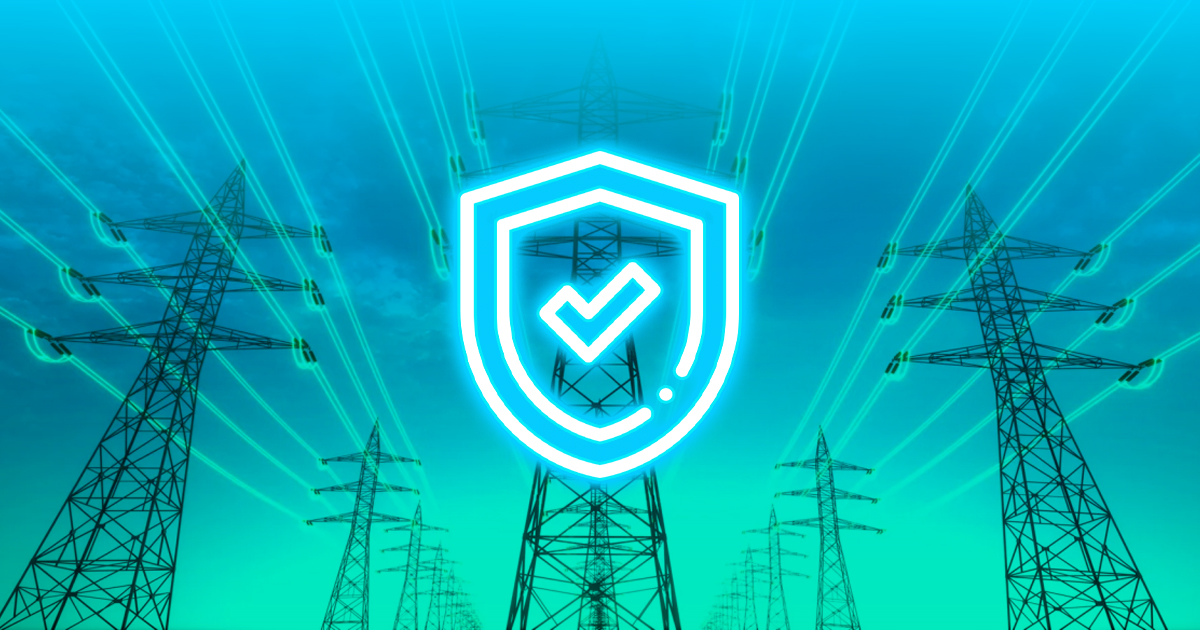The sun beams, the wind whispers, the tide rolls in – these renewable resources offer a clean and sustainable future for our energy needs. As of 2024, wind and solar photovoltaic (PV) technologies collectively surpass hydropower in electricity generation globally. IEA( International Energy Agency) suggests that by 2028, renewable energy sources will contribute to over 42% of global electricity generation, with wind and solar PV alone doubling their share to 25%. However, amidst these encouraging developments lies a challenge: grid stability. Solar and wind power, being variable energy sources, exhibit fluctuations in output based on weather conditions. This variability poses a risk to the equilibrium of supply and demand within the grid, potentially resulting in power outages and grid instability.
Why Grid Stability Matters:
Maintaining a stable electricity grid is paramount to ensure reliable and efficient power delivery. Fluctuations in energy output, particularly from renewables, can disrupt this stability, leading to:
- Power outages: Fluctuations can disrupt the delicate balance between supply and demand, causing blackouts and disrupting essential services.
- Equipment damage: Grid instability can damage power lines, transformers, and other equipment, leading to costly repairs and further disruptions.
- Economic losses: Businesses and households experience downtime and productivity losses due to power outages, impacting the economy.
Sodium-Ion Batteries: The Stability Solution
Lithium-ion batteries have been the go-to for grid storage, but their limitations are becoming increasingly apparent. Firstly, the rising demand for lithium raises concerns about its sustainability and cost. Secondly, lithium-ion batteries can be sensitive to extreme temperatures, limiting their applicability in diverse climates. Here are some comparisons highlighting why sodium-ion batteries offer a safer and superior choice compared to lithium-ion batteries for enhancing grid stability:
1. Consistency of Output: Sodium-ion batteries offer a more consistent and predictable output compared to lithium-ion batteries. The stable performance of sodium-ion batteries helps maintain grid stability by providing a reliable source of energy storage to balance fluctuations in renewable energy generation.
2. Response to Fluctuations: Few journals on ScienceDirect state, Sodium-ion batteries demonstrate faster response times to fluctuations in renewable energy generation compared to lithium-ion batteries. This rapid response enables sodium-ion batteries to effectively smooth out variations in energy supply and demand, contributing to grid stability during periods of intermittent renewable energy output.
3. Long-Term Performance: Sodium-ion batteries exhibit robust cycling stability and long-term performance, making them well-suited for prolonged energy storage applications in grid stability systems. Also it possesses the ability to endure deep discharge and remain stored at 0V, a quality absent in lithium batteries. The durability and reliability of sodium-ion batteries ensure continuous operation over extended periods, enhancing overall grid stability and rendering them ideal for consumer durables.
4. Safety Features: Sodium-ion batteries offer inherent safety features that contribute to grid stability. With lower risk of thermal runaway and fire hazards compared to lithium-ion batteries, sodium-ion batteries provide a safer energy storage solution for grid stability applications, minimising the potential for disruptions and ensuring uninterrupted power supply.
5. Cost-Effectiveness: Sodium-ion batteries generally offer a more cost-effective solution for grid stability compared to lithium-ion batteries. With sodium being more abundant and less expensive than lithium, sodium-ion batteries provide a cost-efficient option for large-scale energy storage projects, contributing to enhanced grid stability at a lower overall cost.
6. Scalability: Sodium-ion batteries can be easily scaled up to meet the growing demands of grid stability applications. Their modular design allows for flexible deployment in various grid systems, from small-scale microgrids to large utility-scale installations, ensuring scalability to match evolving energy needs.
7. Environmental Impact: Sodium-ion batteries have a lower environmental impact compared to lithium-ion batteries. The production and disposal of sodium-based materials involve fewer environmental concerns, such as resource depletion and toxic waste generation, making sodium-ion batteries a more environmentally friendly option for grid stability.
8. Compatibility with Renewable Energy Sources: Sodium-ion batteries are well-suited for integration with renewable energy sources like solar and wind power. Their ability to store excess renewable energy during periods of high generation and release it during peak demand enhances the stability and reliability of renewable energy systems, promoting a smoother transition to a sustainable energy future.
9. Grid Resilience: Sodium-ion batteries contribute to grid resilience by providing backup power during grid outages or emergencies. Their fast response times and reliable performance ensure continuity of electricity supply, mitigating the impact of disruptions and enhancing overall grid resilience in the face of unforeseen events.
10. Regulatory Compliance: Sodium-ion batteries comply with safety and regulatory standards for grid stability applications. Their proven track record of reliability and safety, coupled with adherence to industry standards, ensures compliance with grid codes and regulations, facilitating seamless integration into existing grid infrastructure without compromising safety or reliability.
With the unique advantages, sodium-ion batteries hold immense potential to revolutionise grid stability in renewable energy systems.While research and development are ongoing, the future for sodium-ion batteries looks bright. The potential of sodium-ion batteries extends beyond grid stability. Their affordability and durability make them attractive for various applications, including electric vehicles, stationary energy storage, and portable electronics. As their technology matures, we can expect to see them playing an increasingly vital role in our transition to a cleaner and more sustainable future.
Join the Conversation on Sodium Ion Battery Technology with Uneverse
Let’s work together to build a more sustainable and resilient energy system for generations to come.

